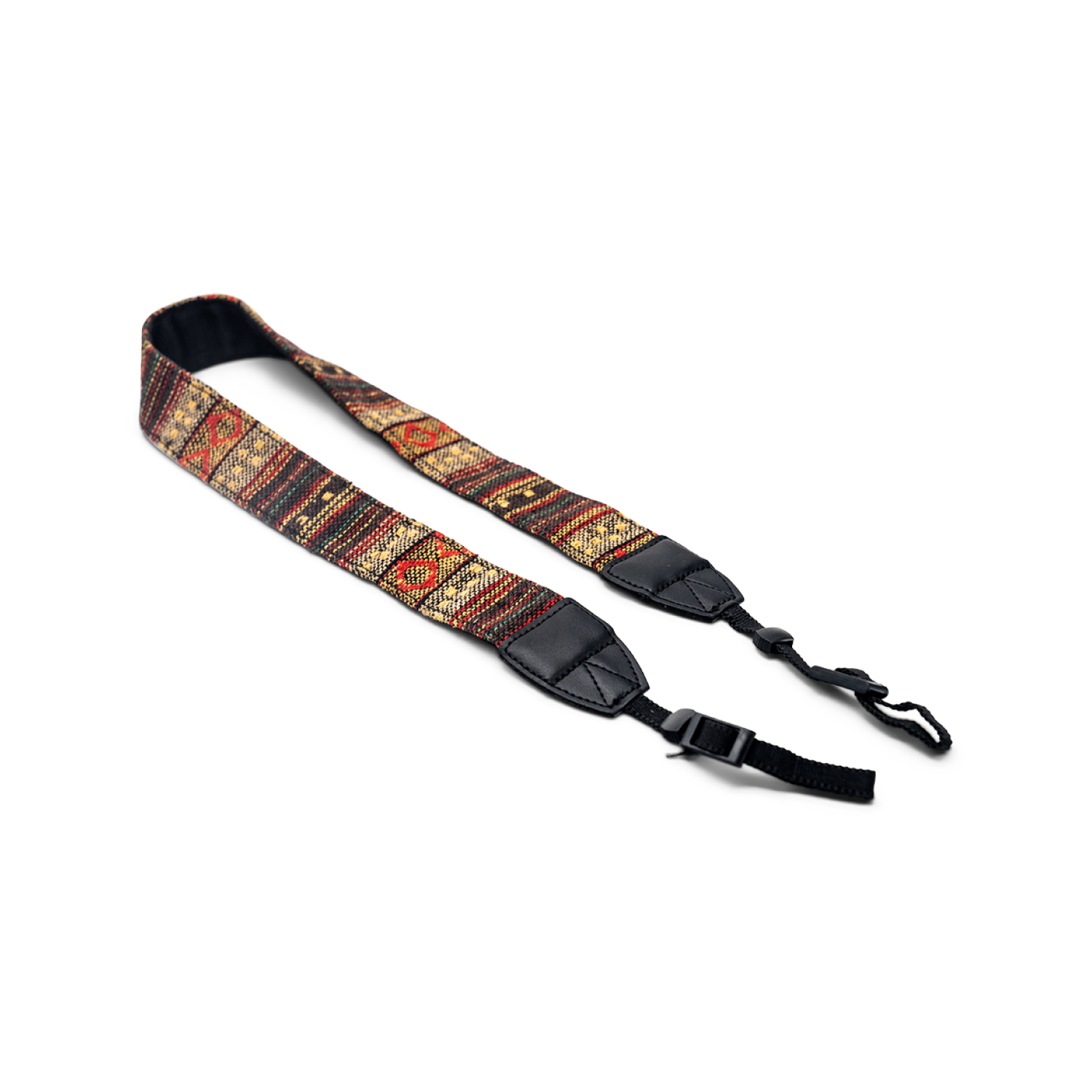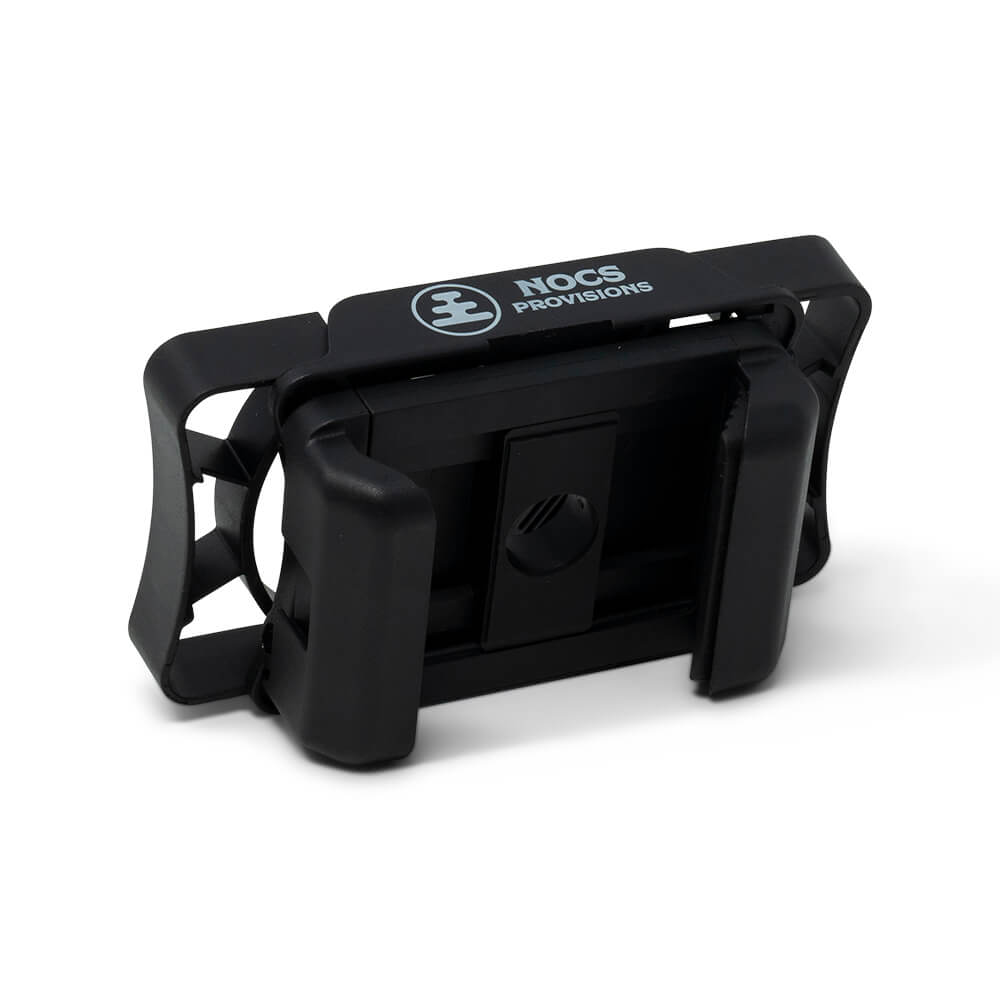Perhaps you’ve seen this bird and thought, that’s a strange-looking duck! With its black, robust body, white beak, and blazing red eyes, this birdie’s style is like no other. You can usually find it in the same vicinity as ducks, geese, and swans — however, it’s from a completely different family known as “the rails” or Rallidae.
This bird species is named the American Coot, aka “mud hen”— given this nickname due to its head-bobbing demeanor, which makes it look almost chicken-like. The American coot is a migratory waterbird with an indiscriminate appetite. Although it often gets mistaken for a duck, its closest relatives are crakes and gallinules.
Question: What do you call a group of American coots?
(Answer at the bottom!)
A. Kayak
B. Raft
C. Ship
D. Canoe

Home to the American coot is usually found in a local, murky water source;
this could be a pond, marsh, lake edge, or reservoir. In fact, this bird loves the water so much that it chooses to nest there, usually on a floating platform or in the surrounding vegetation.
In summer, the American coot enjoys the mild climate of the North American and Canadian border, reaching from the far west to the furthest states east. In winter, it opts for more favorable conditions by traveling to the southernmost states.
Although this omnivore’s diet is quite flexible, its food sources are typically found in or around the water. It usually catches its meals in a leisurely way while floating along the water, but its long-webbed toes also make the American coot an excellent diver. Its favorite greens include algae, seeds, grasses, and stems. For a little bit of protein, it opts for tadpoles, insects, crayfish, worms — even the eggs of other birds.

Mother American coots typically lay about 8-10 eggs which are pink in color with brown spots. You might chuckle at the appearance of the hatchlings — they have a red, bald head with lots of bright yellow feathers protruding from their bodies. This look is only a phase and within 4 months the juveniles will mature into their sleek black plumage. They usually live for up to 10 years, but the oldest known American coot lived to see his 22nd birthday!
Have you ever wondered why some birds bob their heads up and down as they walk or swim?
The same can be said about the American coot. This behavior is thought to have a stabilizing effect between the bird’s movement and vision, which allows it to see more 3 dimensional. Without this, the American coot’s life would be one big blur.

Answer: a group of American Coots is referred to as a…
B. Raft
Photo credit:
1st image by TootSweetCarole from Pixabay
2nd image by Shauna Fletcher from Pixabay
3rd image by Joshua J. Cotten on Unsplash

